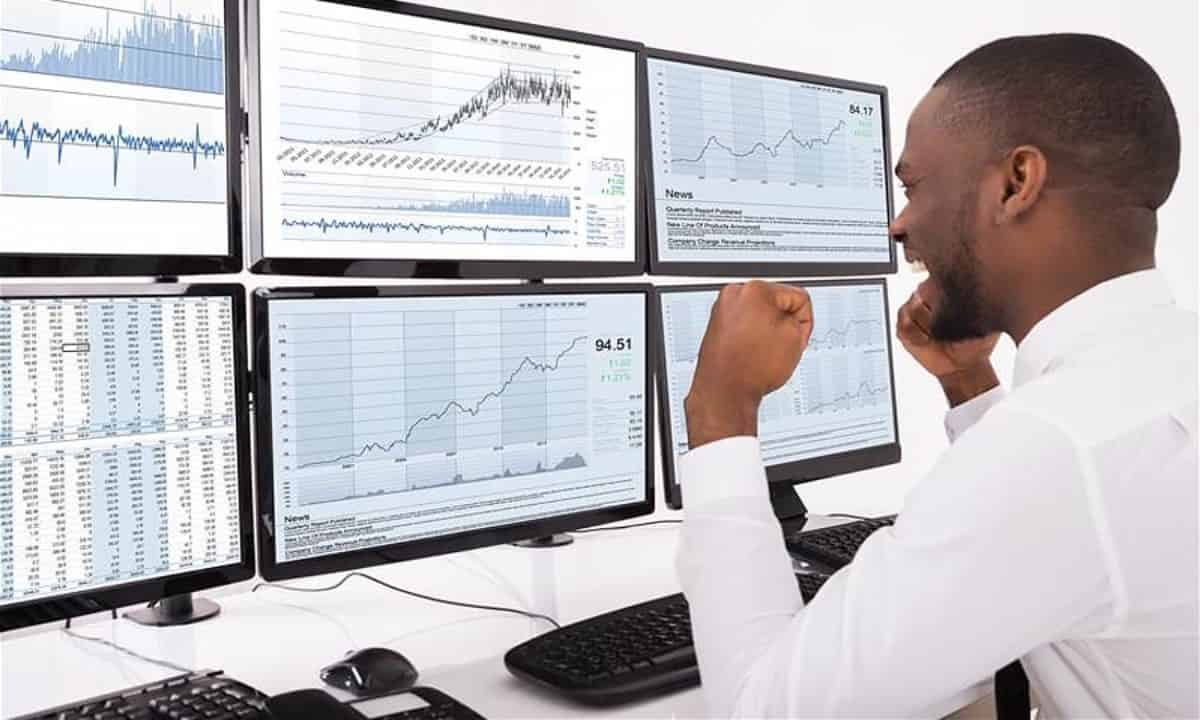Forex trading, or trading foreign currencies, attracts traders of all skill levels. One crucial concept they need to grasp is margin trading. Margin in forex trading allows traders to amplify their positions, increasing both gains and losses. This article discusses the significance of margin in trading, its benefits, and the associated risks.
Note: Get started on HFM now
Understanding Forex Margin
Margin trading involves an initial payment required by a trader to start a trade. This payment is only a small portion of the trade’s total value, allowing traders to control larger positions than their current capital would usually permit. Essentially, margin serves as a safety net for brokers to ensure potential losses are covered.
The Mechanics of Margin
Margin trading enables traders to amplify their market involvement without requiring large funds. To illustrate if a broker mandates a 3.3% margin, for initiating a trade a trader would only necessitate $3,300 to oversee a $100,000 transaction. This leverage ratio of around 30;1 equips traders to handle currency amounts with an initial capital outlay.
Margin and Leverage
In the world of trading leverage and margin go hand in hand. Leverage indicates the proportion between the trade size and the necessary margin. Higher leverage implies that small fluctuations in market prices can have an impact on a trader’s capital. Although this setup can result in gains it also raises the possibility of losses.
The Significance of Margin in Forex Trading
Enhancing Profits and Losses
One major advantage of margin trading is its ability to boost profits. With the power to control larger positions, even small changes in currency prices can lead to gains. However, this potential for increased profits also brings higher risks; losses can be greater as well. If a trade goes against the trader, it can quickly deplete the margin deposit, causing further losses.
Risk Control
Managing margins effectively is crucial, for reducing trading risks. Traders need to keep an eye on their margin levels, which indicate the ratio of equity to used margin and reflect the health of their trading account. If the margin level dips below a threshold, 100% of traders might receive a margin call from their broker asking for additional funds to support their positions. Failure to meet this call could result in the broker liquidating the trader’s positions to prevent losses.
For instance, consider a trader with $10,000 in their account who initiates two trades with a $2,500 margin requirement each. This would result in a used margin of $5,000 and a margin level of 200%. If the account balance decreases and causes the margin level to drop below 100% a margin call will be triggered by the broker. The trader would then need to inject funds or close positions to decrease the used margin and evade facing a margin call.
Conclusion
Trading on margin in the forex market enables traders to command positions with reduced initial capital, which could result in substantial gains. Nevertheless, it also involves the possibility of incurring losses. To excel in trading it is crucial to comprehend the functioning of margins understand the correlation between margins and leverage and employ risk management tactics. Monitoring margin levels attentively and leveraging tools such as stop-loss orders allow traders to prudently handle risks while leveraging the benefits of margin trading.
Don't miss a thing. Follow us on Telegram. If you love videos then also Subscribe to our YouTube Channel. We are on Twitter as MakeMoneyDotNG.
